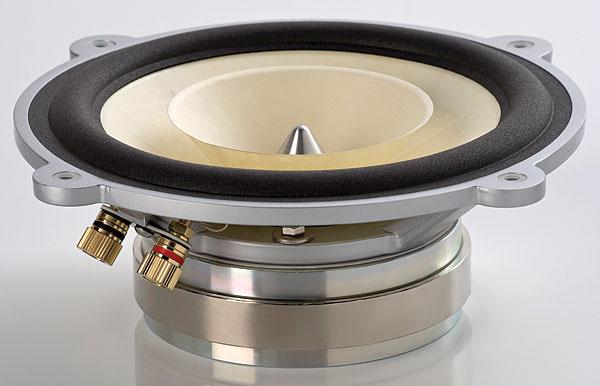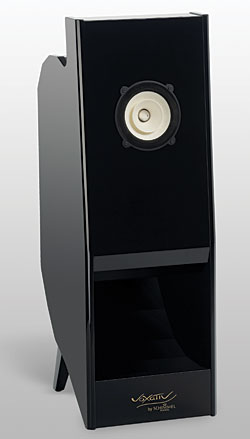| Columns Retired Columns & Blogs |
Hi there Art from down under.
Not a criticism of your piece, mind! :-)!
But whenever this subject comes up I am reminded of a scene from the BBC's series "The Gliitering Prizes" based on Frederick Raphael's novel.
The main character, English and Jewish (played by Tom Conti) has finally succeeded* as a writer and runs into an old girlfriend? in a cafe, buys her coffee and then offers her a lift.
His new car* is a Mercedes 2-door sedan, and she gushes about how what perfect cars the German's make IIRC, or maybe just Mercedes-Benz.
And he says,
"Jah! Tomorrow ve attack Russia!"
The head of the RAF's Y (RF intercept) service in WWII said he could always tell if a suspect transmission/transmitter was German, just by looking at how stable it was. Needlessly stable for the measurement task that radar's do.? Yes? German.
Hitler would not accept that the T34 was a good tank because the casting edges and spall was barely cleaned up!
You see, the thing's still got a whizzer. Since hearing what dewhizzering did for the famous and rare Coral Beta 8 and 10*, I've remained sceptical about their value. (*elaborately designed whizzers they were, too.)
A good wide range driver (5-6.5 inch frame maximum) without whizzers, supported by a good bass system from about 200hz down and a good tweeter from about 6k or so, should give even more of that single driver goodness, with LESS of the downsides. It should be possible to design it so that it needs neither a high or low-pass filter, and the designers can then focus on filtering the bass LP and Tweeter HP to blend really well - inaudibly.
The potential to manage dispersion, and room / power response curves to blend well with the direct sound also gets easier.
I am not persuaded that this hobby needs wide dispersion speakers
Timbo in Oz

 Among the new wave of Lowther competitors is a German engineer and audio enthusiast named Inès Adler. After working for Mercedes-Benz for a number of years—and with 14 patents to her name in the field of electronic monitoring systems for diesel motors—Adler and some friends decided to try to make a better wideband driver. "I think everyone who owns Lowthers becomes interested, at some point, in improving them," Adler told me recently. Then she added, with a laugh, "It is the German way: When we make something, we want to make it perfect!"
Among the new wave of Lowther competitors is a German engineer and audio enthusiast named Inès Adler. After working for Mercedes-Benz for a number of years—and with 14 patents to her name in the field of electronic monitoring systems for diesel motors—Adler and some friends decided to try to make a better wideband driver. "I think everyone who owns Lowthers becomes interested, at some point, in improving them," Adler told me recently. Then she added, with a laugh, "It is the German way: When we make something, we want to make it perfect!"






































